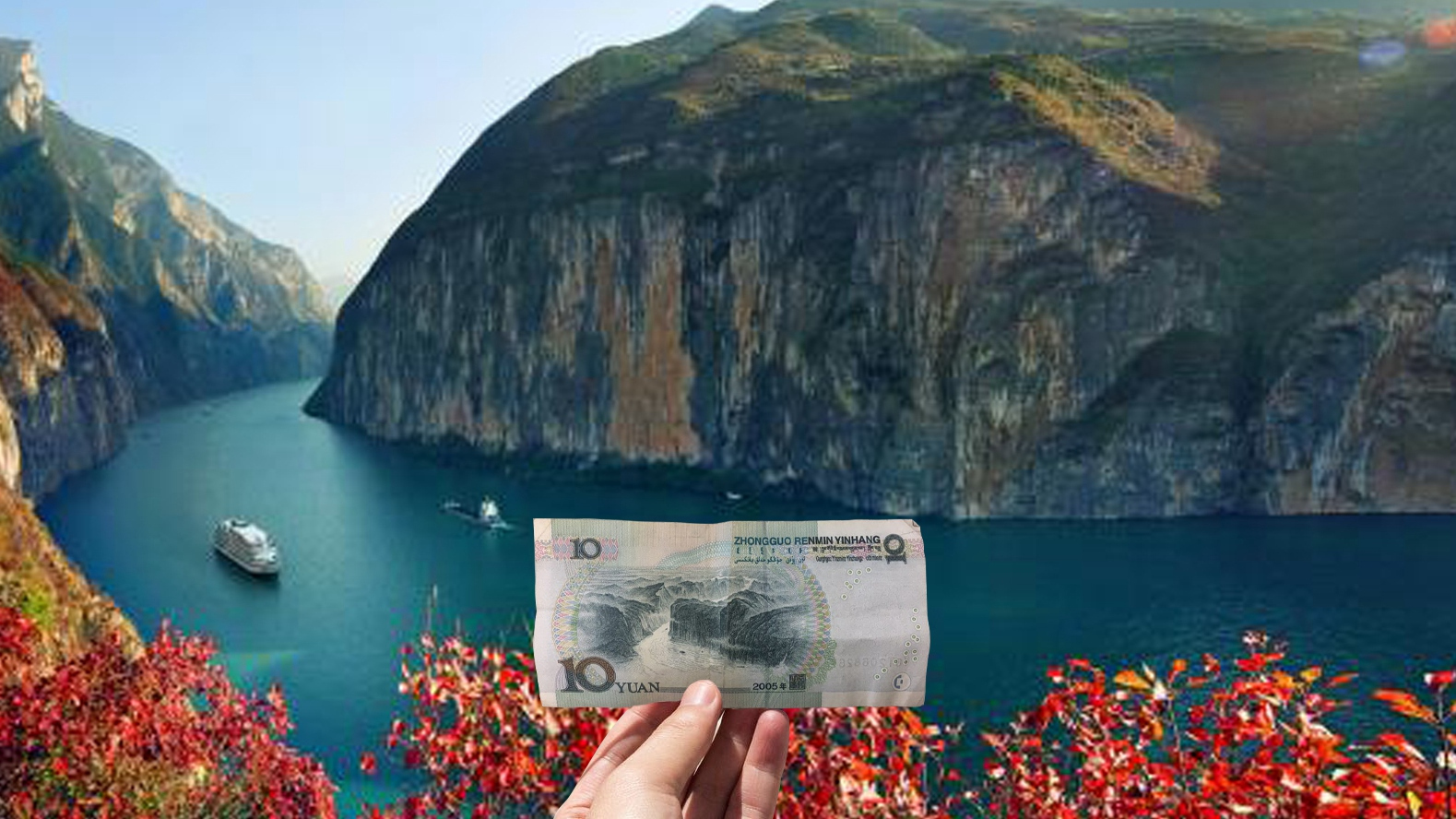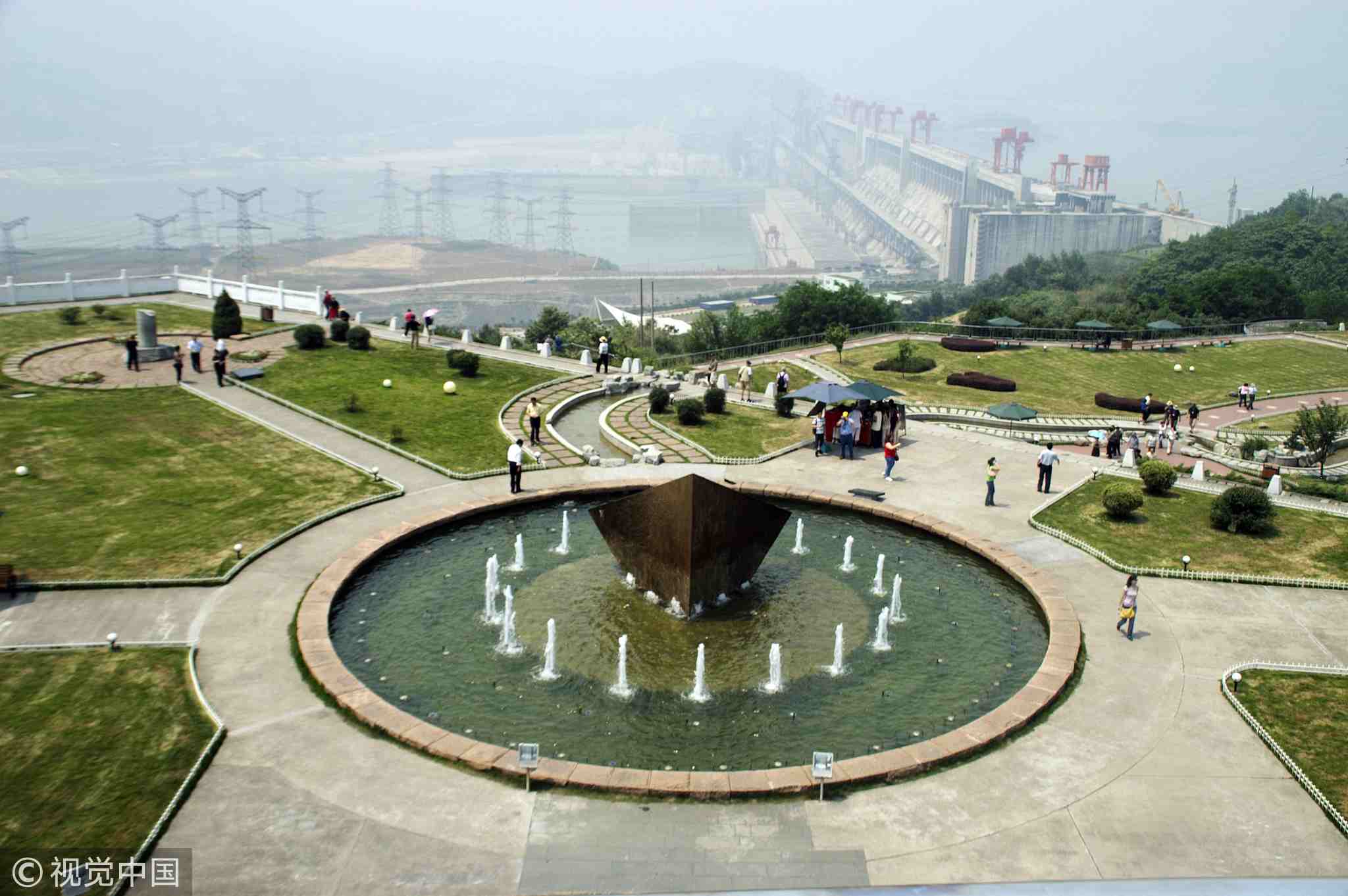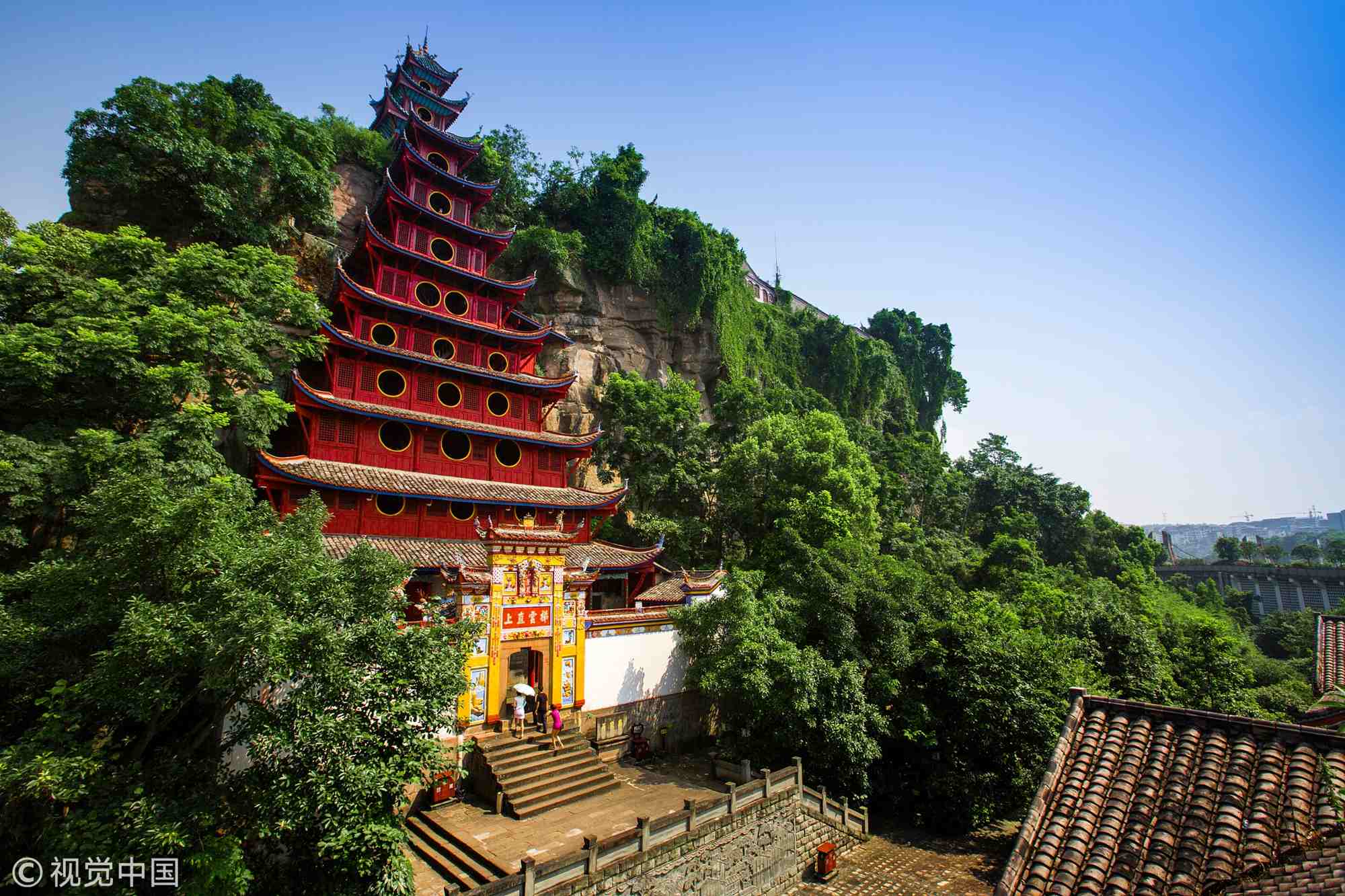
Travel
15:06, 12-Jan-2019
Chinese Renminbi banknote scenery: The Three Gorges on the Yangtze River
Updated
14:48, 15-Jan-2019
By She Jingwei

The third stop of the Chinese Renminbi banknote scenery tour is perhaps the iconic scenery in China – The Three Gorges, which is shown on the obverse of the 10 yuan Renminbi banknote. Regarded as one of the ten most famous scenic sites in China, the Three Gorges of the Yangtze River are a system of famous gorges on China's longest river. Stretching for 192 km, the Three Gorges are part of the Chongqing and Hubei sections of the Yangtze River, comprising of Qutang, Wu and Xiling Gorge.
Listed as one of the top ten gorges in China, the picturesque scenery of the Three Gorges has attracted travelers from home and abroad. Follow CGTN on a cruise journey and experience the unique scenery of the Three Gorges as well as some other popular tourist attractions along the Yangtze River.
The Three Gorges Dam
When talking about the Three Gorges of the Yangtze River, how could you miss the Three Gorges Dam? Built to prevent floods, generate electricity and make transportation in the area easier, the Three Gorges Dam is a hydroelectric gravity dam and also one of China's modern construction marvels. The Dam Scenic Area, which opened in 1997, is mainly composed of Tanzi Mountain, 185 Platform, Dam Viewing Point and Memorial Garden. Visitors can climb on the viewing platform to get a panoramic view of the whole dam. In addition to that, tourists can appreciate the beautiful Huangling Temple, which is the largest ancient building in the Three Gorges Area.

View of the Three Gorges Dam. /VCG Photo
View of the Three Gorges Dam. /VCG Photo
Shennong Stream
Noted as a picturesque tributary of the Yangtze River, the Shennong Stream, along with the grandeur, elegance and danger of the Yangtze River, is a must visit for travelers. As you progress along the river, the waterways become narrower and shallower, which means visitors need to transfer into smaller boats, but it's worth it as the Shennong Stream has its own unique and mysterious scenery that can't be seen anywhere else.

Tourists in peapod boats at Shennong Stream, China. /VCG Photo
Tourists in peapod boats at Shennong Stream, China. /VCG Photo
Shibaozhai
Shibaozhai, which literally means Stone Treasure Fortress in Chinese, is situated at the south bank of the Yangtze River in Zhong County, about 280 kilometers away from Chongqing City. First built in the Qing Dynasty in 1750, Shibaozhai is one of the most historic sites in China. It was built catch-style upon a rectangular rock with sheer cliffs and stands around 56 meters height (12 stories). Shibaozhai is famous for being one of the most unique wooden buildings in China and its strange look has spawned many interesting legends.

Aerial view of Shibaozhai. /VCG Photo
Aerial view of Shibaozhai. /VCG Photo
Today, it takes around an hour and a half to climb from the pier to the top of Shibaozhai. The view of the river, farms and village below are amazing when you stand on the top of the building. On the way to the peak, visitors can also appreciate great artwork and sculptures on each floor.
Fengdu Ghost City
Fengdu Ghost City is another popular stop on the Yangtze River. It used to be a small ancient town with scores of temples and shrines. A Chinese legend says that Fengdu was where the devil once lived. After the construction of the Three Gorges Dam, Fengdu Ghost City got flooded and become even more popular with tourists.
A hill and many temples remain in the big artificial lake behind the Three Gorges Dam, making it an eerie spot for people to learn about the millennia-old history of Fengdu. As the city is located just close to Shibaozhai, tourists can see both sites in the same day.

View of Fengdu Ghost City. /VCG Photo
View of Fengdu Ghost City. /VCG Photo
Best time to travel
The best time to visit the Three Gorges is in late spring (April, May) and fall (September, October) but the river cruises are available and enjoyable all year round.

SITEMAP
Copyright © 2018 CGTN. Beijing ICP prepared NO.16065310-3
Copyright © 2018 CGTN. Beijing ICP prepared NO.16065310-3